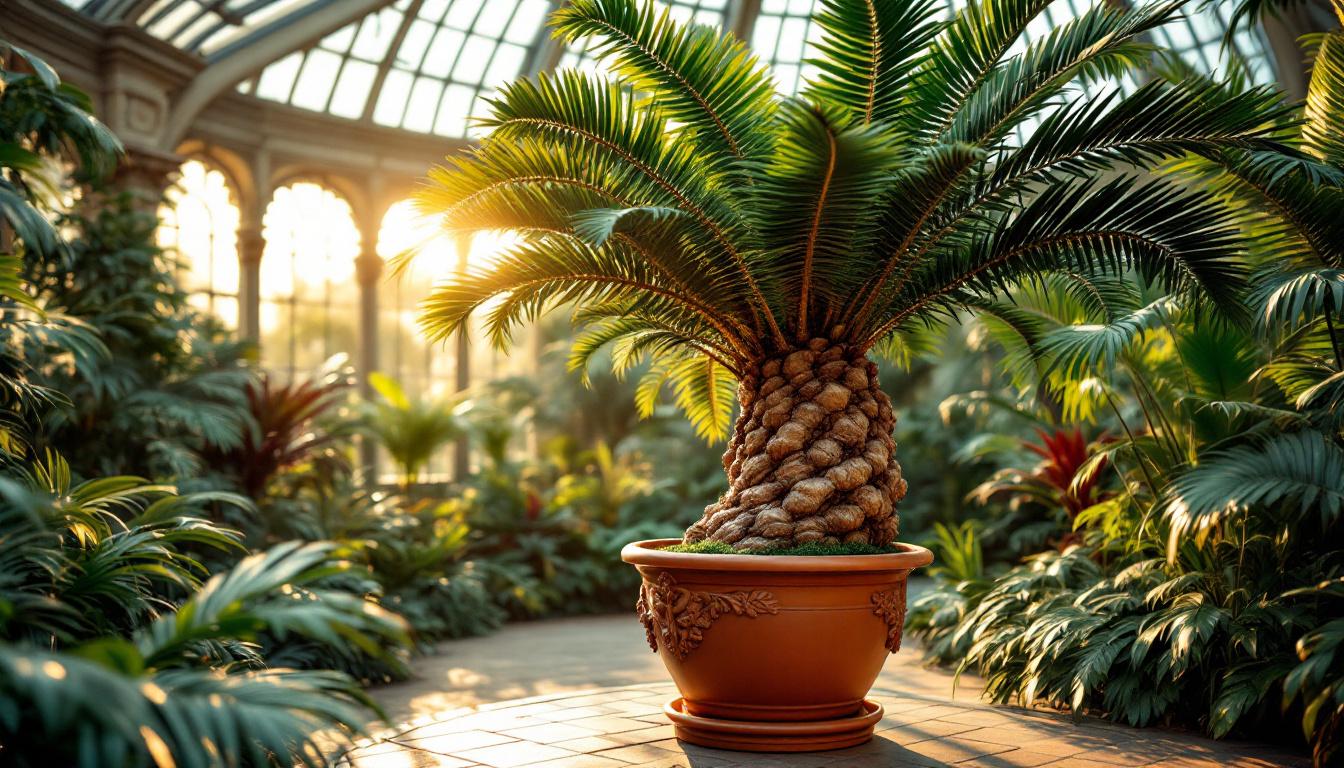Hidden behind London’s bustling streets lies a botanical sanctuary that safeguards more living treasures than entire nations possess. While millions rush past Kew’s gates daily, few realize they’re walking beside the world’s only garden where 275-year-old plants still breathe history.
This isn’t just another London green space. Royal Botanic Gardens, Kew stands as the planet’s singular fusion of living museum, active research laboratory, and UNESCO World Heritage masterpiece. Scientists here protect secrets that could reshape humanity’s relationship with the natural world.
Step through these gates, and you enter the only place on Earth where 50,000+ living species coexist with 8.3 million preserved specimens under one institutional roof. This is botanical exclusivity at its most profound.
The living laboratory that exists nowhere else
Ancient specimens that predate nations
In Kew’s Temperate House, a 245-year-old Cycad named Encephalartos altensteinii has witnessed the rise and fall of empires. This prehistoric survivor represents the world’s oldest potted plant, making Kew the only garden where visitors can touch living history that predates the United States itself.
Research collections beyond compare
Kew’s Millennium Seed Bank preserves 2.4 billion seeds from 40,000+ species—a biological insurance policy found nowhere else. While other gardens display beauty, only Kew combines this staggering diversity with active conservation science that literally shapes global botanical knowledge.
Scientific exclusivity that amazes researchers worldwide
The herbarium that dwarfs all others
Behind Kew’s public gardens lies the world’s largest herbarium, housing 8.3 million preserved specimens. This collection serves as the ultimate botanical reference library, where scientists make discoveries that rewrite textbooks. No other institution matches this scale of preserved botanical knowledge.
Living architecture from another era
Kew’s Palm House and iconic Great Pagoda represent architectural innovation that transformed 19th-century horticulture. These aren’t mere buildings—they’re the world’s first successful attempts at creating controlled tropical environments, making Kew the birthplace of modern conservatory design.
Access to botanical secrets scientists guard carefully
Behind-the-scenes experiences unavailable elsewhere
While tourists photograph flowers, Kew offers exclusive researcher-led tours through restricted areas where 1,100+ staff conduct groundbreaking botanical science. These intimate experiences reveal seed banking techniques and preservation methods that protect Earth’s botanical future.
Seasonal revelations hidden in plain sight
July transforms Kew into a living masterpiece as the Great Broad Walk Borders explode with 60,000+ summer blooms. This spectacular display showcases botanical artistry achieved through centuries of horticultural expertise that exists nowhere else at this scale.
The UNESCO recognition that validates botanical supremacy
Landscape design that shaped garden history
Kew earned UNESCO World Heritage status as the only site combining 18th-20th century landscape evolution with active botanical research. From Capability Brown’s naturalistic designs to Sir William Chambers’ architectural innovations, Kew represents the singular evolution of garden artistry.
Global botanical influence that continues today
For 250+ years, Kew has served as humanity’s botanical headquarters, influencing agriculture, medicine, and conservation worldwide. This institutional legacy creates experiences unavailable at any other garden—visitors witness botanical science that literally feeds and heals the world.
Standing in Kew’s living cathedral, surrounded by species that exist nowhere else in cultivation, you realize this isn’t just sightseeing—it’s witnessing botanical history unfold. The 275-year-old Cycad has survived longer than most nations, while around it, scientists work tirelessly to ensure future generations inherit Earth’s botanical treasures.
Book your underground London adventure to complement Kew’s natural wonders, explore authentic Cotswolds heritage for more British treasures, or discover Scotland’s pristine lochs for additional UK natural magnificence. Kew’s exclusive botanical sanctuary awaits your discovery—where else can you breathe the same air as plants older than your nation?
Essential planning for your exclusive botanical experience
When should I visit Kew for the best experience?
July offers peak summer blooms in the Great Broad Walk Borders and optimal conditions in the glasshouses. The Temperate House showcases its 1,200+ species beautifully during warm months, while tropical collections in the Palm House thrive.
How can I access the restricted research areas?
Book specialized behind-the-scenes tours through Kew’s official website. These exclusive experiences include guided visits to the Millennium Seed Bank and herbarium, led by actual researchers who share insights unavailable to regular visitors.
What makes Kew different from other botanical gardens?
Kew uniquely combines the world’s largest herbarium, most comprehensive seed bank, and oldest living specimens with active research. No other institution matches this combination of historical significance, scientific authority, and botanical diversity under one management.
How do I reach this botanical sanctuary from central London?
Take the District Line to Kew Gardens station—the journey takes 45 minutes from central London. Alternatively, riverboat services run seasonally from Westminster Pier, offering scenic Thames approaches to this UNESCO World Heritage botanical masterpiece.
What’s the significance of the 275-year-old plant?
The ancient Cycad represents continuity between prehistoric Earth and modern conservation science. This living specimen has survived since 1775, making it older than the United States and serving as Kew’s ultimate symbol of botanical preservation success.
